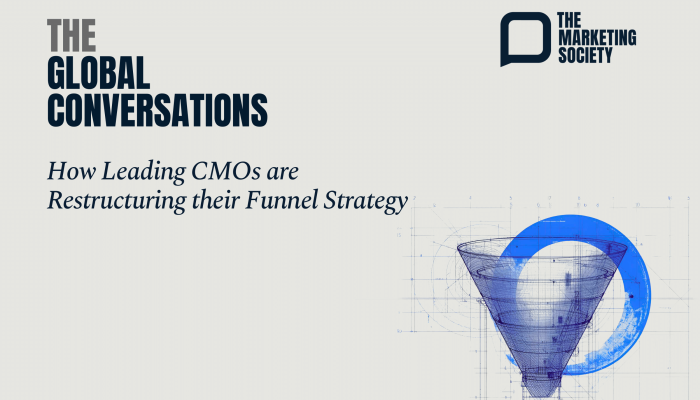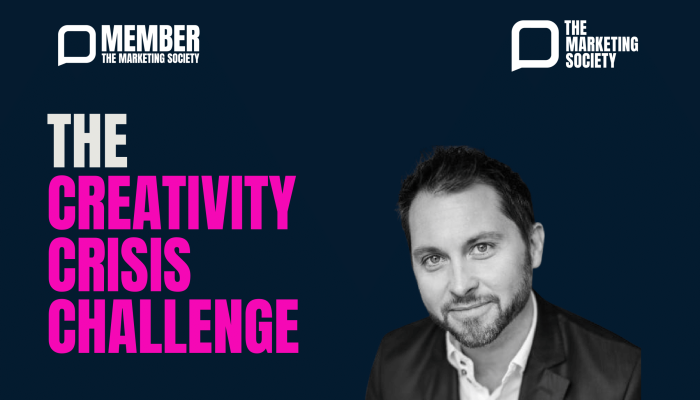Across nearly all industries, companies are investing enormously in digital tools, from new apps to online client servicing. And this investment makes intuitive sense, because “digital conversion” (i.e. moving people from physical to digital experiences) holds tremendous potential to create “win-win” situations:
- Customers benefit from increased convenience (24 hour availability, no travel time, etc.)
- Organisations benefit from reduced transaction costs (via elimination of physical infrastructure)
In fact, many financial institutions are “banking” on this digital transition, as the UK has lost almost 2/3rds of its bank branches in the last 30 years (with over 13,000 branches closed).
But there’s one major problem: Many customers are not making this digital transition.
And this challenge has little to do with technology or usability. Instead, it is rooted in status quo bias, risk aversion and the difficulty inherent in changing human behaviour.
The familiar narrative reads that digital tools are developed by tech-savvy programmers who may not experience (and therefore understand) the challenges and barriers faced by those of us who occasionally struggle with our phones and computers. This myth implies that all that’s really needed to “close the gap” is some good UX research and a more intuitive user interface.
However, we’ve found that driving digital adoption is not quite that easy. In fact, most end-users (i.e. customers, shoppers or visitors) have a genuine desire to use digital tools. And what gets in their way is not an aversion to technology, but rather well-ingrained (and often comforting) routines. So at its core, technology adoption is really a matter of changing habits – and a challenge in which a behavioural lens (and a few well-placed “nudges”) is often more valuable than developing new features or flashy apps.
For example, we recently helped a major European bank accelerate adoption of its new digital app. As always, the effort began with observation, as we aimed to uncover the unspoken “micro-barriers” that were preventing some well-intentioned people from making the digital transition.
We found that the primary hurdle was not confusion over a specific issue or feature (or an unclear link description). Instead, many people struggled with a broader lack of confidence, which quickly led them to “default to the familiar” (a call to tech support - or perhaps a trip to their local branch) as soon as they encountered any uncertainty. What was missing was interactions that felt human and familiar, to provide reassurance and “keep people going” long enough to experience the apps’ benefits. This insight led us to “co-create” a series of small interventions (i.e. nudges) to “humanize” the user’s experience on the app. The simple presence of a person’s face and voice (via avatars integrated within the app) made all the difference.
In other cases, we’ve found that the primary barrier to digital adoption had little to do with technology or user experience. Instead, it was a matter of social norms. People had the ability (and latent desire) to use the new app, but they wouldn’t start investing time and changing their habits unless/until they saw that many others were doing so. Thus, the most important factor driving adoption was social proof.
An example from another sector is the enormously successful MyQuitBuddy app (to support smoking cessation). While the Australian government’s publicity efforts created some awareness and “buzz,” the most powerful tool driving adoption was users sharing their positive experiences of the app via social media. This finding is consistent with our work across all categories and regions, as we’ve repeatedly found incredible power and influence in the “voice” of other users. Positive “word of mouth” has consistently proven to be the most effective “trigger” to recruiting others and driving adoption. Becoming part of a user community can also serve as the “reward” associated with a new behaviour, which encourages people to form positive “habit loops” and reinforce the new activity.
For organizations aiming to accelerate digital conversion, our experience points to a clear implication:
Investments in technology and UX must be accompanied by efforts to understand and master behavioural change.
Those wishing to move people from physical to digital experiences need to start by putting aside some erroneous myths about their customers (and what’s holding back their transition). They need to recognize that the “answer” is not technology alone – and that while usability certainly matters (and must be thorough), it is rarely the true barrier to adoption.
Most importantly, marketers need to focus on truly understanding peoples’ existing habits and the heuristics and social norms that impact their behaviour. Because ultimately, adopting technology is a matter of changing habits – and the effective application of behavioural science is what’s needed to nudge people out of their comfort zones and to help them form new digital habits.
Scott Young is the CEO of the BVA Nudge Unit UK, a global consultancy specialised in applying behavioural science to drive successful change (www.bvanudgeunit.com). Scott can be reached at [email protected]



